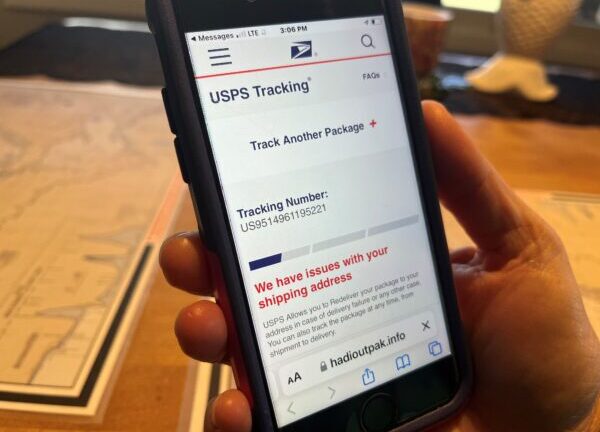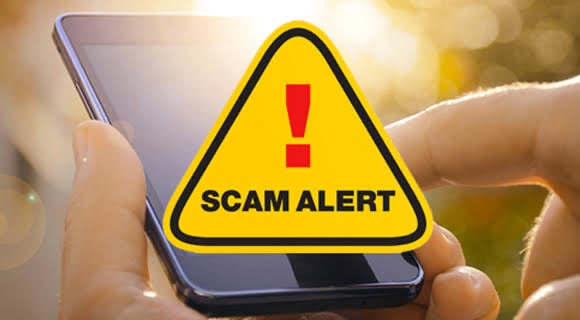
US9514901185421: Alert USPS Scam Email and Spam USPS Tracking Number
In an increasingly digital world, online scams and phishing attempts have become all too common. One such scheme that has been on the rise is the USPS Scam Email, often involving suspicious USPS tracking numbers. This article aims to shed light on this fraudulent activity and provide you with essential information to protect yourself from falling victim to such scams.
Understanding the USPS Scam Email
What is the USPS Scam Email?
The USPS Scam Email is a deceptive email sent by cybercriminals pretending to be the United States Postal Service (USPS). These emails are designed to trick recipients into believing that they have a package or important delivery pending, luring them into clicking on malicious links or providing personal information.
How Does It Work?
Typically, the scam email contains a fraudulent USPS tracking number, which may look legitimate at first glance. The email often includes urgent messages or warnings, such as “Your package is delayed” or “Payment required for delivery.” Recipients are then prompted to click on a link or download an attachment to resolve the supposed issue, unwittingly exposing themselves to malware or divulging sensitive information.
Red Flags to Watch Out For
To protect yourself from falling for this scam, be on the lookout for the following red flags:
- Suspicious Email Addresses: Check the sender’s email address. Legitimate USPS emails usually come from “@usps.com” addresses, while scammers use generic or misspelled variations.
- Grammar and Spelling Errors: Scam emails often contain grammar and spelling mistakes that are not present in official communications.
- Urgent or Threatening Language: Beware of emails that pressure you to take immediate action or threaten consequences.
- Unsolicited Attachments or Links: Do not open attachments or click on links in unsolicited emails, especially if you did not expect a USPS delivery.
- Check the Tracking Number: Verify the tracking number through the official USPS website or by contacting USPS customer service.
FAQs: Protecting Yourself from USPS Scam Emails
Q1: What should I do if I receive a suspicious USPS Scam Email?
A1: Delete the email immediately. Do not click on any links or download attachments. If you’re unsure about the email’s legitimacy, contact USPS directly through their official website or phone number to confirm its status.
Q2: I clicked on a link in a USPS Scam Email. What should I do now?
A2: Run a full antivirus scan on your device to check for malware. Change your email and other account passwords, and monitor your accounts for any unauthorized activity. Consider enabling two-factor authentication for added security.
Q3: How can I verify the authenticity of a USPS tracking number?
A3: Visit the official USPS website (www.usps.com) and use their tracking tool. Enter the tracking number provided in the email to check the status of your package. Do not rely solely on information from unsolicited emails.
Q4: Are there any official USPS communication channels I can trust?
A4: USPS primarily communicates through its official website, postal mail, and in-person interactions at local post offices. Be cautious with any communication received via email, especially if unsolicited.
Q5: What can I do to stay safe from email scams in general?
A5: Be vigilant and verify the authenticity of emails before taking any action. Install reputable antivirus software, keep your operating system and software updated, and educate yourself about common online scams.
In conclusion, the USPS Scam Email with its deceptive tracking numbers is a growing threat. By staying informed and exercising caution, you can protect yourself from falling victim to such scams and keep your personal information safe. Always remember to trust official communication channels and report suspicious emails to the appropriate authorities.



Average Rating